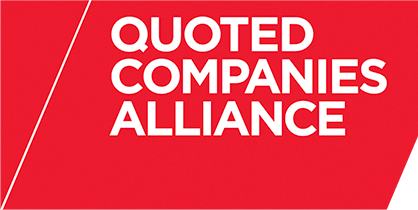KPMG carried out an analysis of executive remuneration within the AIM market , which has revealed a number of interesting points, including questions about the way in which executives employed by AIM businesses are paid.
Highlights include:
- A focus on fixed pay. This accounts for 90% of total earnings at the median
- Close to half of companies paid their CEO a bonus of less than 10% of salary
- Limited value is being delivered under long-term incentive plans
- A much wider variety in practice than seen in the Main market
While there has been much debate around how to 'fix' executive remuneration in the main market, the topic in relation to AIM companies has rarely been mentioned. This is in spite of the fact that remuneration levels at the upper end of the market are not dissimilar to those found among comparable sized businesses in the main market.
Some AIM companies have taken a view that the lower levels of scrutiny and regulation allows them to operate outside the usual parameters of best practice, with limited disclosure and use of remuneration structures which are not generally found in main market companies. Others follow best practice much more closely, and we expect this trend to increase.
Common practice in the executive pay context includes:
- A much wider variety in practice
- Significant differences in levels of disclosure
- Greater use of tax efficient vehicles/tax planning
- Policies which do not comply with corporate governance guidelines
Basic salary increases for AIM company directors have remained moderate, mirroring practice for main market companies. Median salary increases in the last year are broadly comparable with employees as a whole, at 3% for chief executive and other directors, and slightly higher at 4% for finance directors.
Looking at total earnings, payouts under short and long-term incentive plans in the most recent year have been low for many companies. The data shows that around 90% of actual total remuneration is fixed, which is a significantly higher proportion than seen in the small cap and the FTSE 350.
Actual total earnings: fixed to variable ratio

Further analysis of the remuneration mix between short-term and long-term remuneration shows a reliance on short-term remuneration. Median short-term remuneration as a percentage of total earnings is 100% for chief executives. Only a handful of companies made gains through long-term incentive plans and few AIM companies operate bonus deferral. Again this contrasts with practice in the FTSE 350, where long-term remuneration made up around a third of total remuneration.
It is not the case that AIM companies do not operate incentive plans. The analysis shows that around 80% of AIM companies included in the survey operate an annual bonus plan together with some form of long-term incentive, share options being the most common long-term incentive arrangement. However, as stated above, close to half of CEOs within the AIM sector received a bonus of less than 10% this year, and payouts under long-term incentive plans were also low.
The essence of our findings is that, unless the LTIP in an AIM business pays out, overall remuneration is fairly modest. The question for AIM CEOs, FDs and NEDs is whether, in our new economic environment, a package that relies so heavily on variable pay of such uncertain outcome remains fit for purpose.
This article was written by Mike Woodward, Partner at KPMG LLP. For more information, please contact:
David Ellis
Partner, People Services
KPMG LLP
8 Salisbury Square
London, EC4Y 8BB
Tel: +44 (0) 20 7311 2021
david.ellis@kpmg.co.uk
Mike Woodward
Partner
KPMG LLP
8 Salisbury Square
London, EC4Y 8BB
Tel: +44 (0) 20 7694 5730
mike.woodward@kpmg.co.uk

